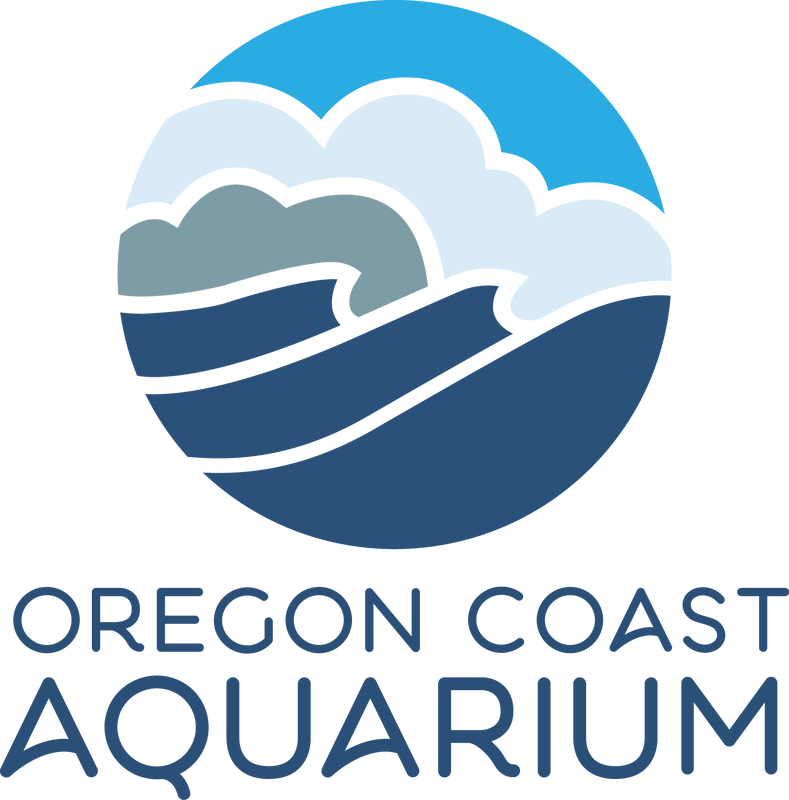|
Presumed GPS Coordinates for the Beeswax Wreck: 45.7088667, -123.940030
|
EXPLORE > SECRETS OF SHIPWRECKS
For the Native Americans and early settlers of the Oregon Coast, it must have been an odd sight so many years ago. Probably a large storm had roared ashore the night before, and when the sun finally rose and the clouds parted, the beach near the mouth of what is now known as Nehalem River was strewn with strange objects. At first glance, the waxy chunks of brownish-yellow material appeared to be stones inscribed with strange symbols. But upon closer inspection, it was clear that the flotsam was actually chunks of beeswax. But where did the wax come from? Although a large vessel would occasionally cruise offshore, the northern part of the Oregon Coast was not part of any major trade routes. There were old stories told by the tribal elders of a great ship which had crashed on the beach many years earlier, but remnants of that disaster had been long swept away by the wind and the waves. |
For generations, the Native Americans, trappers, pioneers and homesteaders of the area would continue to find broken hunks of beeswax on the beach and along the shores of the Nehalem River. Sometimes these artifacts were located alongside broken Chinese porcelain, clay pots and wooden objects. Over the years, so much beeswax was collected that it actually became a major commodity for the Native Americans who traded it with Euro-American settlers. Clearly there was some unseen source of the wax lying offshore, hidden by the waves and forgotten to time. Could it be the mysterious shipwreck told about in the ancient Native American tales?
By the twentieth century, beeswax finds became more rare but the mystery persisted. It wasn’t until the mid-1990s that serious archaeological studies were launched to finally identify the source of the debris and give a name to the ship which was euphemistically known as “the beeswax wreck.”
Scientists and historians employed different techniques to identify the wreck. SCUBA divers mapped the rocky reef offshore, looking for an debris that might be from the elusive ship. Teams of volunteers used metal detectors, ground-penetrating radar, or spent hours examining historical records. Based on the nature of the cargo and the symbols impressed in the wax, it was determined that the shipwreck must be a Spanish galleon. But how would such a large vessel come to land on North Oregon Coast, so far from the usual travel routes?
Fortunately, the meticulous shipping records kept by the Spanish aided in the search. Two galleons had gone missing in the seventeenth century en route to Mexico from the Philippines. But only one — the Santo Cristo de Burgos — was carrying hundreds of tons of processed beeswax! Surely, this had to be the mysterious wreck the Native Americans told tales about and was periodically disgorging its cargo onto the Oregon beach?
By the twentieth century, beeswax finds became more rare but the mystery persisted. It wasn’t until the mid-1990s that serious archaeological studies were launched to finally identify the source of the debris and give a name to the ship which was euphemistically known as “the beeswax wreck.”
Scientists and historians employed different techniques to identify the wreck. SCUBA divers mapped the rocky reef offshore, looking for an debris that might be from the elusive ship. Teams of volunteers used metal detectors, ground-penetrating radar, or spent hours examining historical records. Based on the nature of the cargo and the symbols impressed in the wax, it was determined that the shipwreck must be a Spanish galleon. But how would such a large vessel come to land on North Oregon Coast, so far from the usual travel routes?
Fortunately, the meticulous shipping records kept by the Spanish aided in the search. Two galleons had gone missing in the seventeenth century en route to Mexico from the Philippines. But only one — the Santo Cristo de Burgos — was carrying hundreds of tons of processed beeswax! Surely, this had to be the mysterious wreck the Native Americans told tales about and was periodically disgorging its cargo onto the Oregon beach?
The Truth Behind the Wreck:
Based on the historical records and archaeological surveys, a non-profit group known as the Beeswax Wreck Project has, after three centuries, finally constructed a hypothetical timeline for the last days of the Santo Cristo de Burgos.
In 1693, the galleon set sail from Manila, Philippines, for Acapulco, Mexico, along the regular trade routes used by the Spanish across the Pacific Ocean. The ship’s hull was packed full of Chinese porcelain, earthenware dragon jars and large blocks of Asian beeswax inscribed with Spanish merchant symbols. Somehow, whether through human error, a problem with the ship or natural forces, the Santo Cristo de Burgos drifted off course and wrecked at the base of Neahkahnie Mountain. The Spanish mounted several expeditions to locate the missing ship, but never found any trace of it or its crew and eventually gave up.
It’s likely that at least some of the crew survived the initial catastrophe, as anecdotal accounts from years after indicate that survivors were killed by the local Native Americans. The crashing surf pounded the remains of the galleon, eventually breaking it into pieces. Part of the ship’s superstructure actually washed ashore at the mouth of the Nehalem River. Other parts sank offshore and the more buoyant cargo, including large chunks of beeswax, washed onto the beach.
In 1693, the galleon set sail from Manila, Philippines, for Acapulco, Mexico, along the regular trade routes used by the Spanish across the Pacific Ocean. The ship’s hull was packed full of Chinese porcelain, earthenware dragon jars and large blocks of Asian beeswax inscribed with Spanish merchant symbols. Somehow, whether through human error, a problem with the ship or natural forces, the Santo Cristo de Burgos drifted off course and wrecked at the base of Neahkahnie Mountain. The Spanish mounted several expeditions to locate the missing ship, but never found any trace of it or its crew and eventually gave up.
It’s likely that at least some of the crew survived the initial catastrophe, as anecdotal accounts from years after indicate that survivors were killed by the local Native Americans. The crashing surf pounded the remains of the galleon, eventually breaking it into pieces. Part of the ship’s superstructure actually washed ashore at the mouth of the Nehalem River. Other parts sank offshore and the more buoyant cargo, including large chunks of beeswax, washed onto the beach.
Then the Tsunami Hit...
|
|
Seven years after the initial wreck, the Pacific Northwest was rocked by a powerful earthquake and a series of destructive tsunami waves. (See Catastrophe! January 26, 1700 for additional information.) The massive inundation probably had two effects on the Santo Cristo de Burgos. First, it successfully destroyed or buried the remaining visible parts of the ship’s superstructure, effectively erasing all trace of it from view. Second, it pushed lighter debris much further inland, over the beach’s foredune and up the Nehalem River valley where it was collected and traded for generations by people living in the area.
After three centuries of scavenging, additional artifacts from the Santo Cristo de Burgos are now rare. That doesn’t mean there’s not more out there, however. Investigators, including those with the Beeswax Wreck Research Project, still believe that the ship’s wooden frame and heavier cargo including iron cannons and other metal objects, lay undiscovered offshore or beneath the thick sand of Nehalem Beach. |
If you visit the beach today it’s highly unlikely you’ll find any sign of the ancient wreck. But if you’re interested in seeing some of the artifacts from the Santo Cristo de Burgos, take a visit to the Tillamook County Pioneer Museum in Tillamook where many are on display.
Related Features: Buried Treasure on Neahkahnie Mountain | Landmark Places: Tillamook County Pioneer Museum | Youth Activities: Treasure Hunting | Uncharted: Sir Francis Drake’s Oregon Adventure
Related Features: Buried Treasure on Neahkahnie Mountain | Landmark Places: Tillamook County Pioneer Museum | Youth Activities: Treasure Hunting | Uncharted: Sir Francis Drake’s Oregon Adventure




